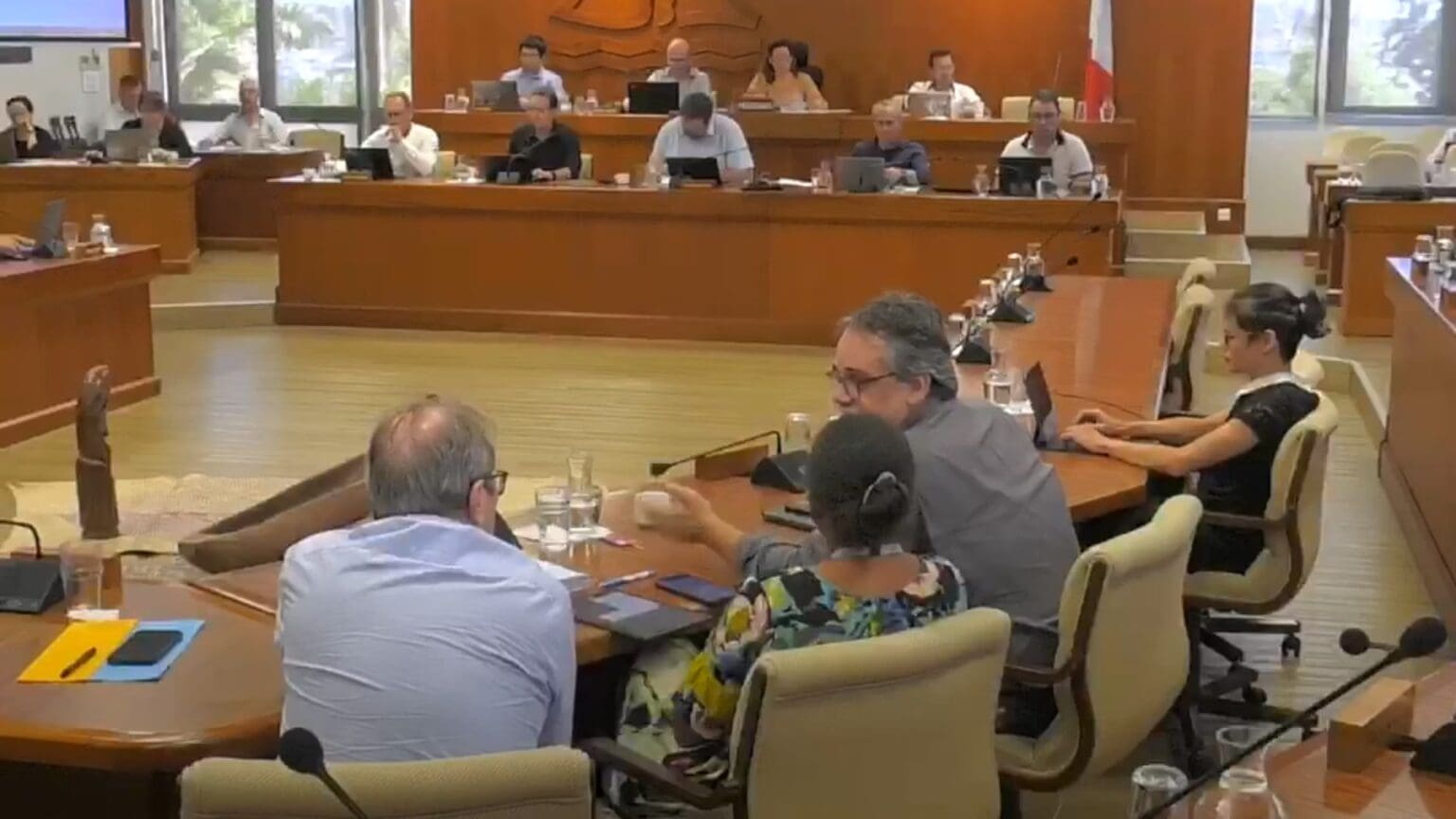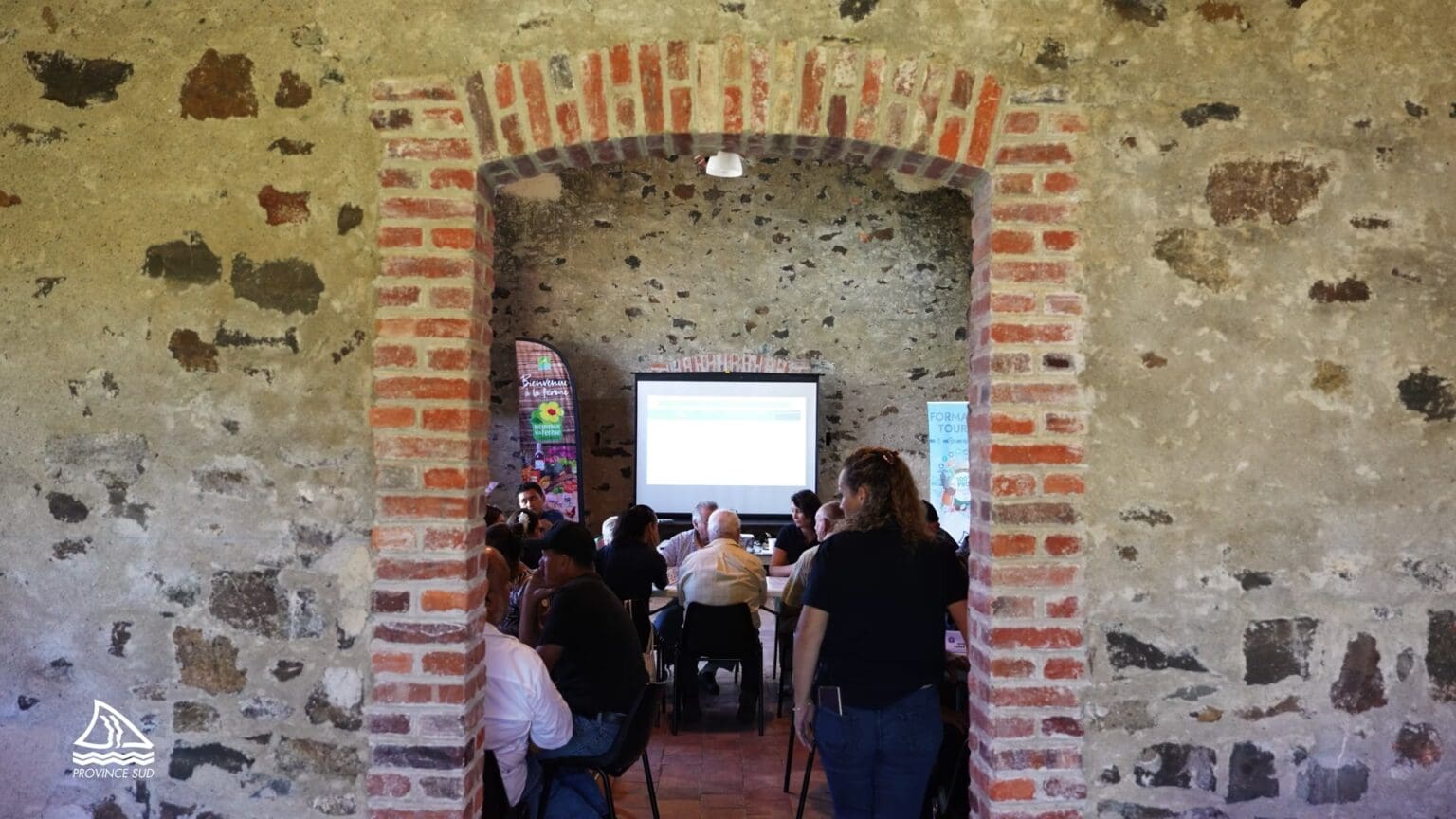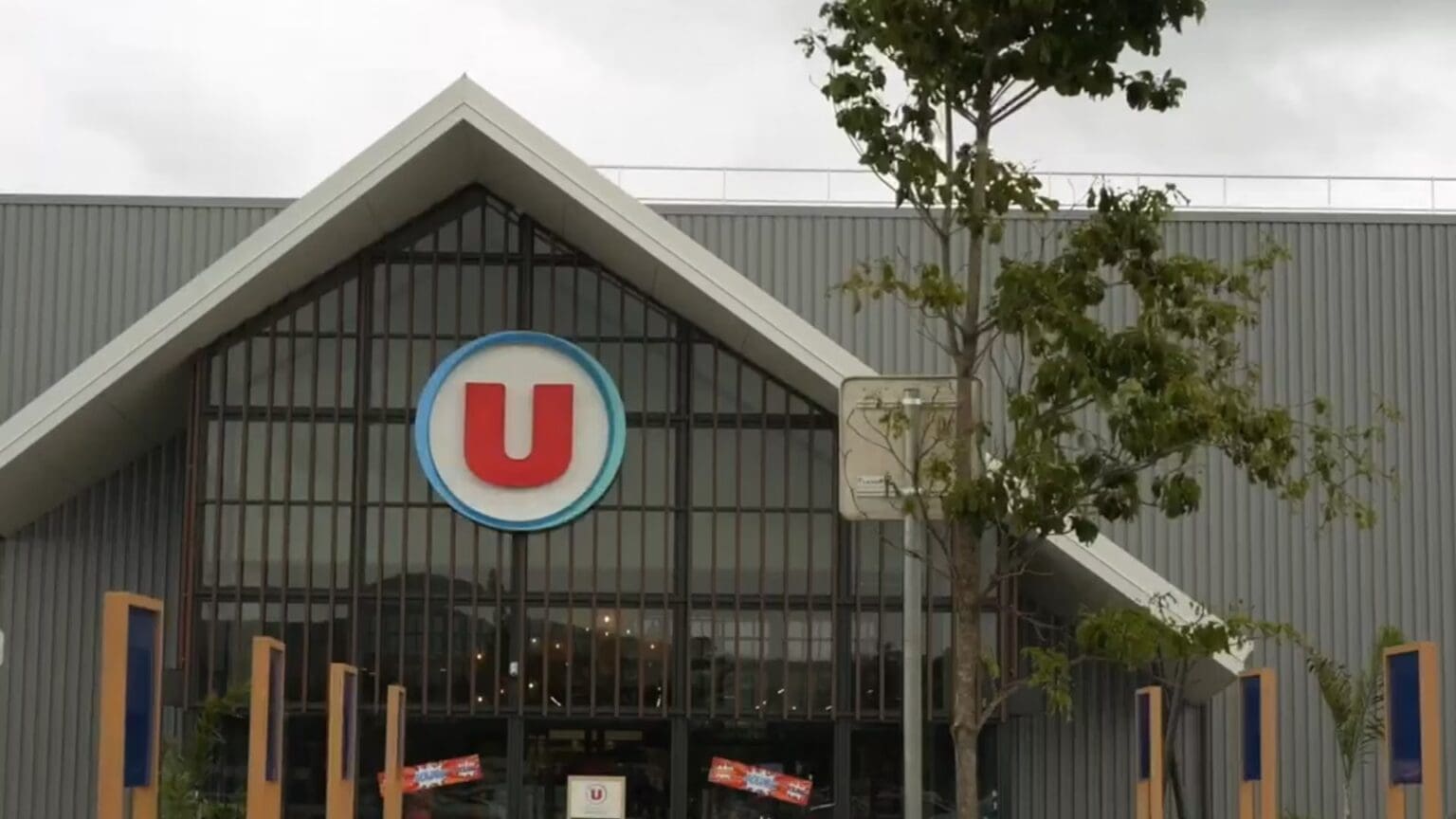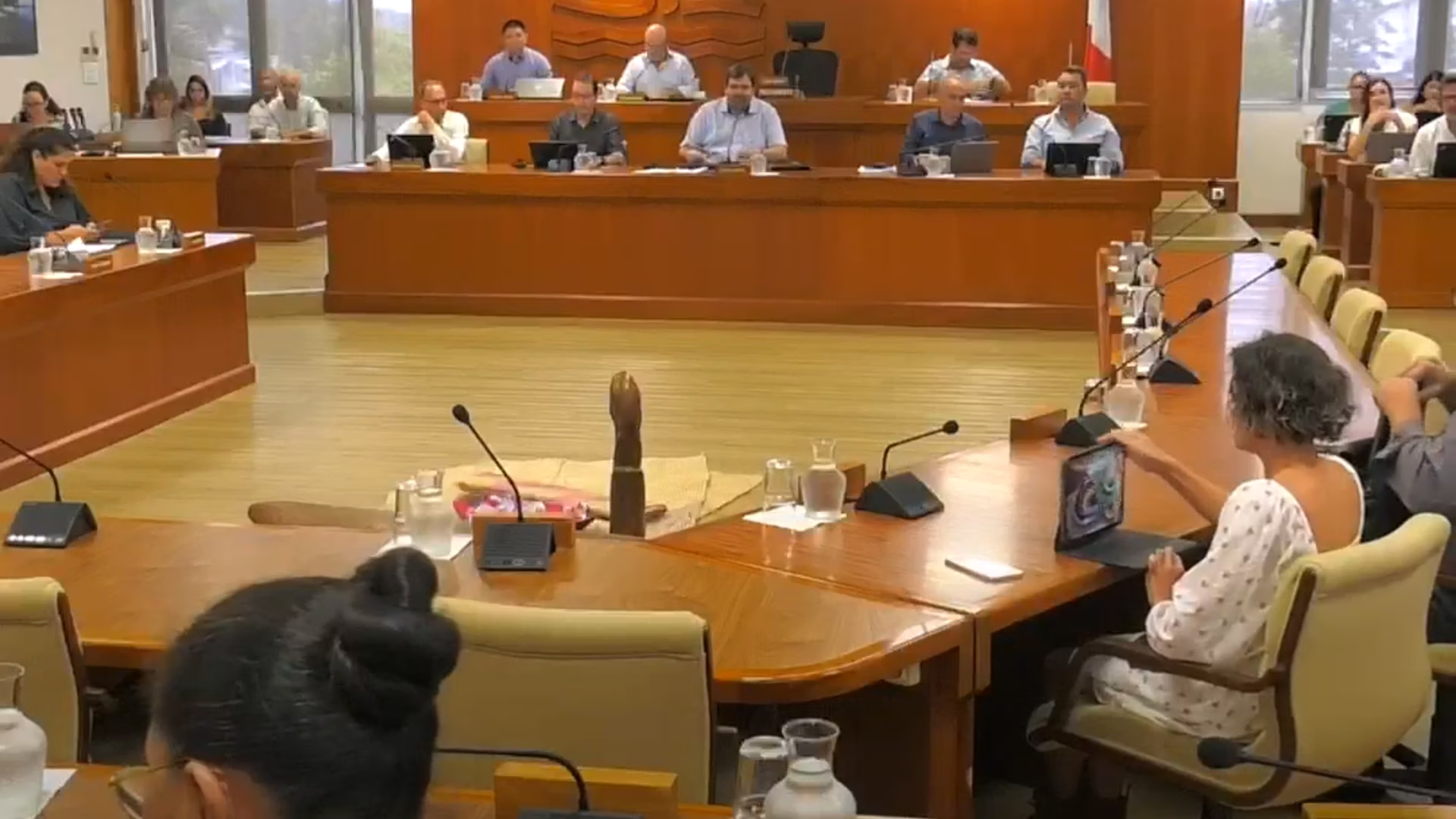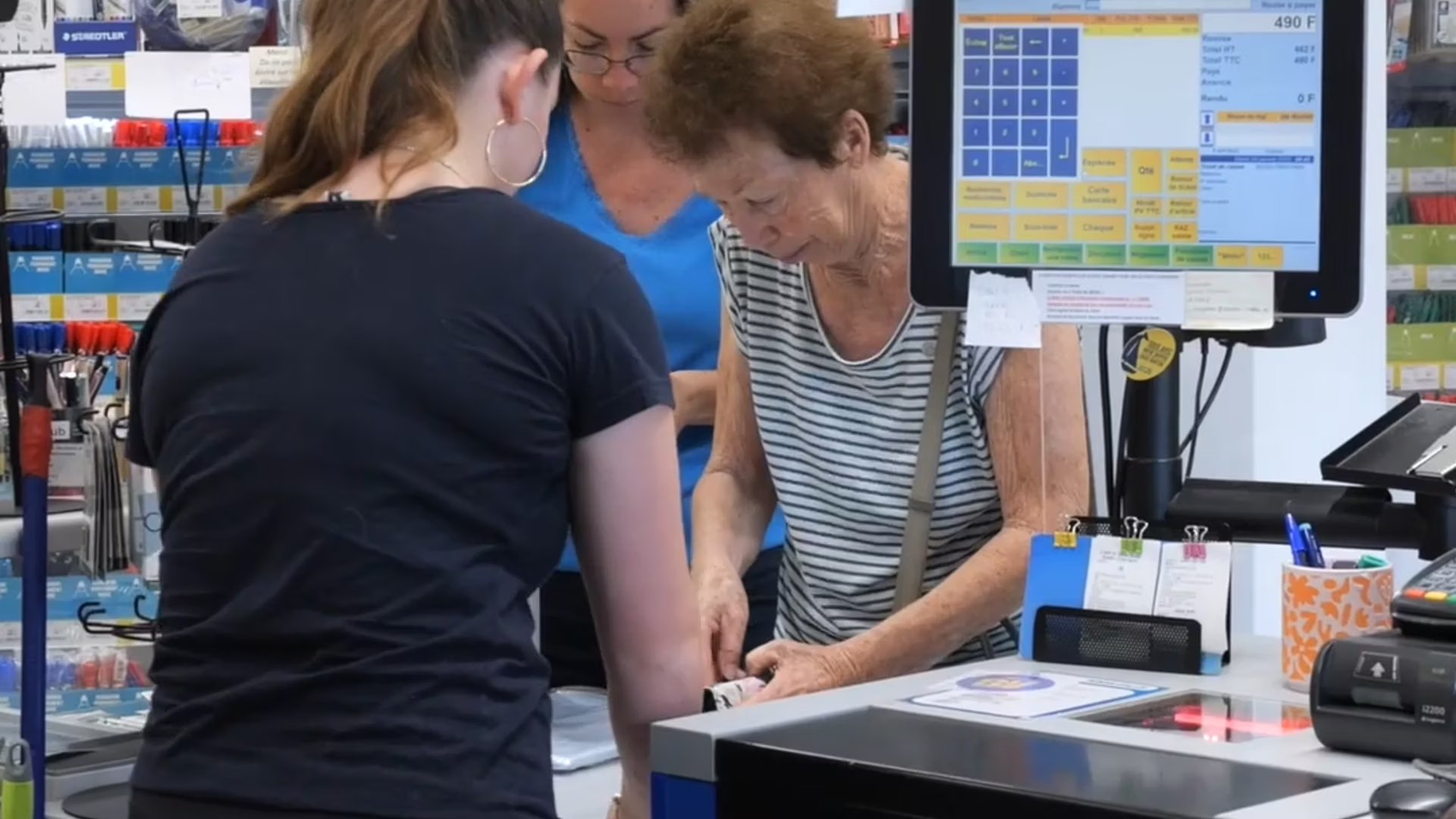Tech 4 Good New Caledonia Summit
02/12/2022La province Sud soutient les entreprises du numérique et les technologies émergentes et le fait savoir à l’occasion du 1er 𝗧𝗲𝗰𝗵 𝟰 𝗚𝗼𝗼𝗱 𝗡𝗲𝘄 𝗖𝗮𝗹𝗲𝗱𝗼𝗻𝗶𝗮 𝗦𝘂𝗺𝗺𝗶𝘁 organisé par La French Tech Nouvelle-Calédonie. Partenaire de ce mouvement mondial dont l’ambition est de faire de la révolution numérique et technologique un outil puissant de transformation de notre société, la collectivité a souhaité exprimer sa confiance dans la filière du digital et de l’innovation, « 𝘶𝘯𝘦 𝘧𝘪𝘭𝘪𝘦̀𝘳𝘦 𝘥’𝘦𝘹𝘤𝘦𝘭𝘭𝘦𝘯𝘤𝘦 𝘱𝘰𝘶𝘳 𝘳𝘦𝘭𝘢𝘯𝘤𝘦𝘳 𝘭’𝘦́𝘤𝘰𝘯𝘰𝘮𝘪𝘦 𝘦𝘯 𝘱𝘳𝘰𝘷𝘪𝘯𝘤𝘦 𝘚𝘶𝘥 𝘦𝘵 𝘱𝘭𝘶𝘴 𝘭𝘢𝘳𝘨𝘦𝘮𝘦𝘯𝘵 𝘦𝘯 𝘕𝘰𝘶𝘷𝘦𝘭𝘭𝘦-𝘊𝘢𝘭𝘦́𝘥𝘰𝘯𝘪𝘦 ». Les 30 novembre et 1er décembre, cet événement a permis de rassembler, informer, partager, réfléchir sur l’écosystème des start-ups et les ambitions stratégiques pour la Nouvelle-Calédonie et le pacifique Sud, mais également de favoriser les échanges entre acteurs régionaux.
